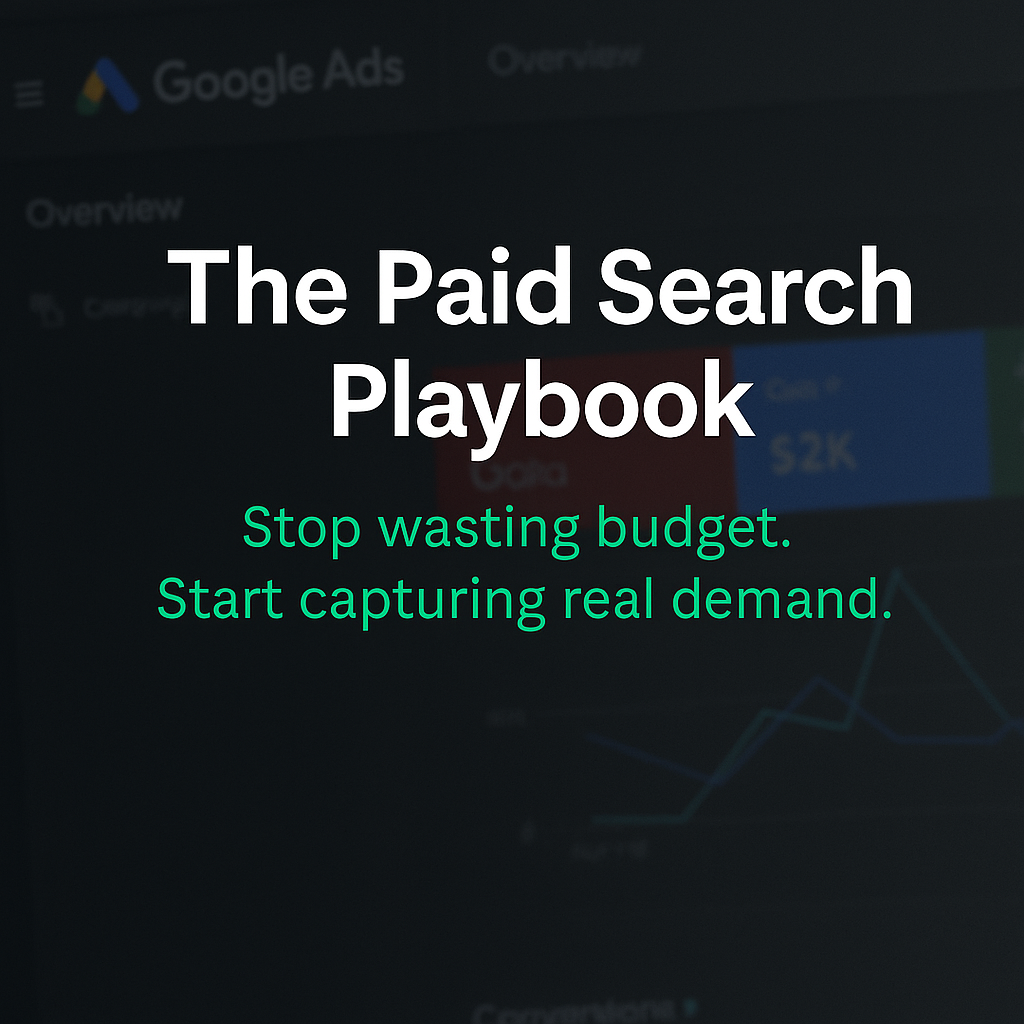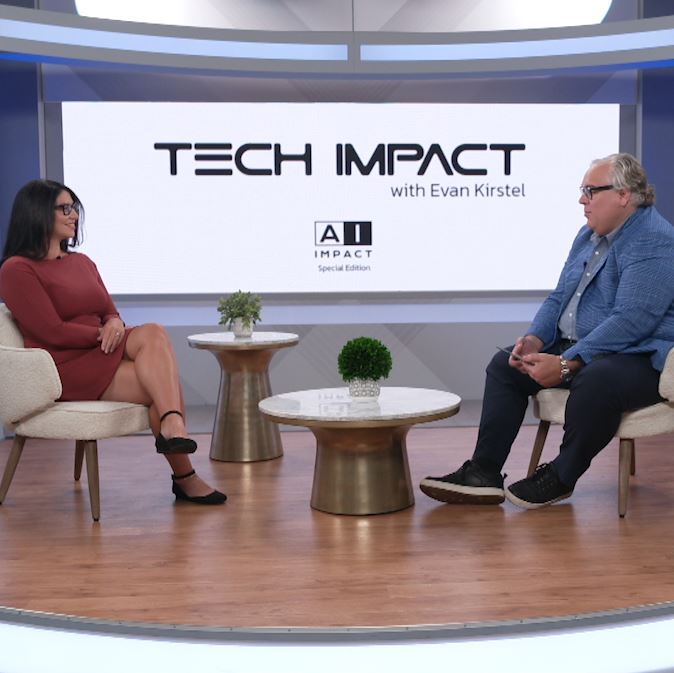
The CFO Case for Brand Marketing: A Master Class
If you’ve ever sat across from a CFO trying to justify why brand matters, you know how tough that conversation can be. The numbers never feel clean. The ROI slides don’t land. And half the time you walk out feeling like you lost ground instead of making progress.
That’s why we kicked off a three-part series with Dale Harrison. Hosted by myself and the team at Refine Labs, this first session goes deep on one of the hardest topics in modern B2B marketing: how to make the case for brand investment when the finance team is pressing for proof.
You know the drill. Every time you advocate for brand marketing, the CFO pushes back:
- “It’s not trackable.”
- “It’s too early.”
- “We need ROI now.”
- “Everyone already knows us.”
Some of these objections are understandable. Others are just silly – if you’re a $20M company “everyone” does not know you. At least the way you need them to.
It’s not whether brand matters. It’s really how we measure and justify it in terms that finance actually believes.
Making it attribution agnostic. Amortizing brand spend justifiably against sales cycles. And more than anything, measuring against margin where the ROI is much more aligned to the real world of finance not the fairytale land of marketing.
Here is why brand marketing is essential in B2B, why traditional ROI math sucks in explaining it, and how to frame the conversation in a way your finance leader will respect.
Why brand is hard to justify in B2B
The biggest roadblock is measurement and data.
In B2C, brand ROI is easier to connect because of short purchase cycles, larger audiences, and cleaner attribution. Marketing IS sales. There is no sales team to manage and close deals, or sales is never sourcing deals directly.
In B2B, it gets messy. Go to market programs obfuscate credit. Departments fight for who sourced what, and pipeline sources get diluted against one another in the name of “efficiency”.
You know, sales or marketing-sourced?
Common objections for brand are as predictable as they are lazy:
- It’s not measurable. There’s no clear ROI tied to brand awareness.
- It’s too early. Brand should wait until later stage growth. Direct response only.
- It’s wasteful. If you cannot show a trackable return, it’s not worth the expense.
- It doesn’t influence decisions. B2B buyers make purely rational choices being directly sold to.
This is absurd when put to even the faintest of pressure testing. Here’s what the data shows if common sense can’t get you there:
- 85 percent of B2B buyers already have a “day one consideration set” before they ever enter the buying cycle (Gartner, BCG, 6sense).
- 90 percent of purchases come from that set.
- That means three out of four decisions are locked in before a buyer fills out a demo form or hears from sales.
Brand’s job is simple: make sure buyers know you exist and you are one of the preferred options before they enter the market.
Why ROI is the wrong conversation
CFOs do not care about “pipeline influenced” or “marketing sourced.” Marketers do because it gives attribution.
CFOs care about the P&L. So framing your ROI discussion around margin is how you get taken seriously.
So how do you think about margin? Well, the gold standard for any marketer who wants to measure ROI without being held to last touch or multi-touch attribution needs to understand the incremental contribution margin of marketing.
That comprises the following costs center factored into your ROI:
- the cost of making the product
- the cost of selling it (sales and marketing)
Most marketers walk into the room with ROI math that does not hold up. For example:
- Naïve ROI calc (using LTV:CAC) → 12x
- Contribution margin ROI → 9x
- Incremental contribution margin ROI → 2.7x
One of these numbers is reality. The others are what martech vendors sell you through suspect math.
If you are claiming 12x ROI, finance knows you are wrong. In fact they probably snicker as you leave the board room. They are fluent in the numbers you are not.
They know sales comp, delivery costs, and long purchase cycles matter. And they actualize all of those. They laugh quietly at inflated ROI numbers because they do not reflect reality.
This credibility gap is why marketing loses budget battles.
Brand vs. performance marketing
Marketers pit brand and performance against each other. They shouldn’t. It’s not brand vs. performance. It’s brand and performance. Always has, always will be.
They work together but in different time horizons.
- Performance marketing targets the 5 percent of buyers in-market today. Its job is to trigger immediate action and move deals forward. Its impact expires after one sales cycle.
- Brand marketing reaches the 95 percent who are not ready yet. Its job is to build recallable memory structures so when they do enter the market, your brand is on the shortlist. Its impact compounds over months and years.
Brand does not take a long time to work. It works instantly for in-market buyers and keeps working for future buyers as long as memory associations last. It’s just not neatly attributable. It never will be.
That is also why brand spend makes performance spend more efficient. If a buyer already knows you, your search ads, social posts, and retargeting convert faster and cheaper.
Example:
A biotech company ran billboards on key traffic routes into major research facilities. Within an hour of the billboard going live, branded search volume jumped 20 to 30 percent. The effect lasted for two to three months after the billboard came down.
That is brand memory in action. And performance benefited directly.
Brand is often more cost effective
Highly targeted performance ads cost up to ten times more per impression.
- Reddit and Meta CPMs: $3–7
- LinkedIn CPMs: $40–50+
- Niche app store ads: $400–500 CPM
If you are only optimizing for efficiency (cheap clicks, low wastage), you miss the bigger picture. The right lens is effective CPM to your ICP which means the cost to reach future buyers even if many impressions look “wasted” on paper.
Brand is usually the cheaper way to scale awareness across the right audience.
Performance marketing is the way to get direct ROI - especially if you're at an earlier company stage and need the immediate impact to be beyond reproach.
How to measure brand in modern B2B
Brand is measurable if you piece the right measurement picture in place. Some are leading and other lagging indicators, but they all matter:
- Brand search volume: Are more people typing your name into Google?
- Category search CTR: Do more people click on you in competitive SERPs?
- Day one consideration set share: Are sales hearing “we knew about you already” earlier in the process?
- Panel surveys: Ask ICP buyers if they recognize your brand. Track this over time.
- Performance lift: Do your ads, emails, and outbound convert better when brand spend increases?
These metrics will not give you perfect ROI but they will give you defensible, finance-friendly proof points.
What marketers should tell the CFO
Brand is not about vague storytelling. It is a financial multiplier.
- It increases consideration rates and makes sales easier.
- It doesn’t care about pipeline source.
- It improves win rates. Buyers close three times more often when you were in their initial set.
- It lowers CAC. Performance gets cheaper when buyers already know you.
Brand is the factory building. Sales is the assembly line. Performance is the quick trigger.
Without the building, nothing runs as smooth as it could
Key takeaways
- Brand marketing creates durable memory structures. Without it, you are invisible to 75 percent of buyers before they are ready to purchase.
- ROI math is broken. Shift the conversation away from attribution and blended cost to incremental contribution margin, time lags, and cross-effects. And get out of the marketing and sales-sourced doom loop to assess brand.
- Brand and performance don’t hate each other. Brand compounds over time. Performance works in short bursts. Both are essential.
- Cheaper does not mean better. Optimize for effective CPM to your ICP, not just low wastage.
- Measurement is possible. Use search behavior, surveys, consideration set share, and performance lift to show impact.
Modern B2B marketing is not about choosing between brand and performance. It is about understanding how they compound and arming yourself with the right measurement language to win the CFO conversation.
Want to learn more? We'll be back. Or checkout the full episode on our Youtube Channel here.
----------
Refine Labs is the leading B2B demand generation agency that has helped over 300+ B2B companies accelerate revenue growth and improve marketing ROI with innovative marketing strategies.
Learn more at www.refinelabs.com. Connect with us on LinkedIn and YouTube.
Listen to our Podcast with weekly episodes Stacking Growth.









